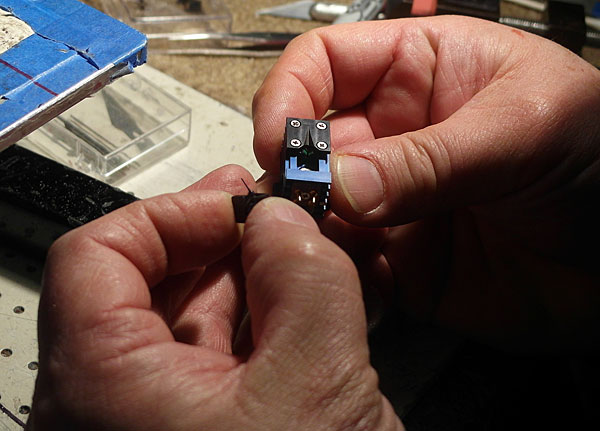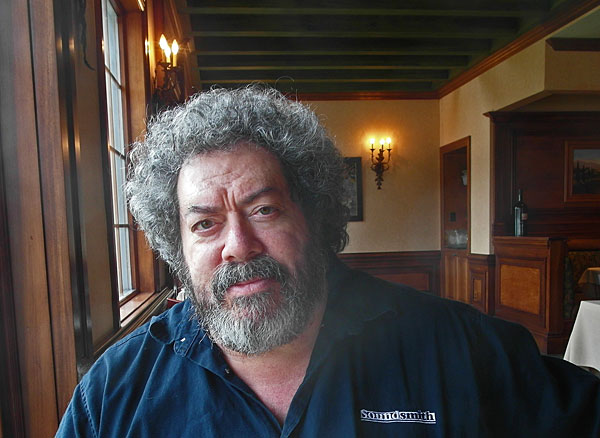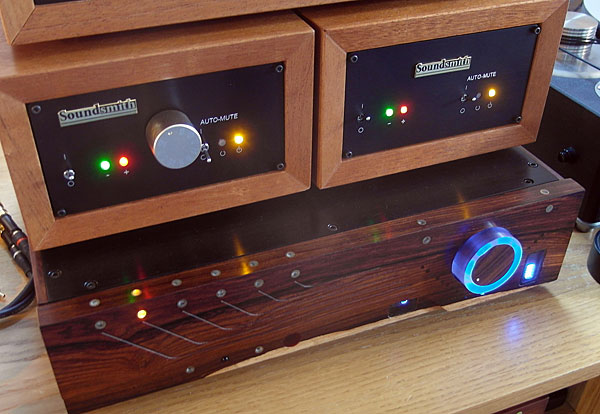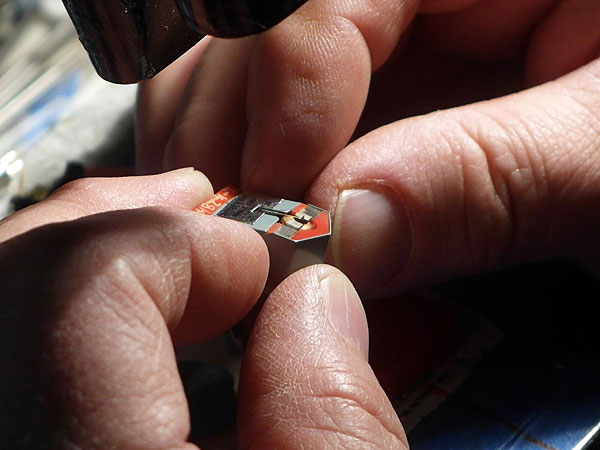| Columns Retired Columns & Blogs |
I was a teenage audio enthusiast. One of the stores that I visited when I could persuade my mom to take me there was The Audio Experts in White Plains, although Frank Elau had this annoying habit of painfully pinching my cheeks. My older brother Ken had a Sony TC-377 reel to reel recorder that kept me occupied making air check recordings or home-made "Chipmunks" versions of Bruce Springsteen songs. (Badlands can be found on youtube!) One day the recorder broke, and I decided to try and fix it myself. It didn't go well, and a few days later I found myself face to face with the scrawny yet stern repair technician at Audio Experts. Peter told me that as a policy he did not work on units that have been tinkered with by others. "Have you been inside this machine?" Peter gave me a knowing and intimidating stare. I denied everything. "The way I can tell that you've opened this machine is that the screw heads are stripped" For some reason, Peter decided to take pity on me and repaired the Sony. Some weeks later he offered to teach me about proper repair technique and electronics. Every week my mom would drive me to Peter's house where we fixed my dad's Advent cassette player and my Pioneer SX-434, adding preamp outputs to make it operate as a Tuner/Preamp. By now, I'm sure there are dozens of people who can speak to Peter's generosity of spirit and technical knowledge. I'm glad to see that Art has captured some of the mad scientist for this article.










































